What is Root Cause Analysis?
- - - - - - - - - - - - - -
 The basics of root cause analysis
The basics of root cause analysis
- - - - - - - - - -
Root cause analysis is an approach for identifying the underlying causes of an incident so that the most effective solutions can be identified and implemented. It’s typically used when something goes badly, but can also be used when something goes well. Within an organization, problem solving, incident investigation, and root cause analysis are all fundamentally connected by three basic questions:
- What’s the problem?
- Why did it happen?
- What will be done to prevent it from happening again?

 Cause Mapping® root cause analysis
Cause Mapping® root cause analysis
- - - - - - - - - -
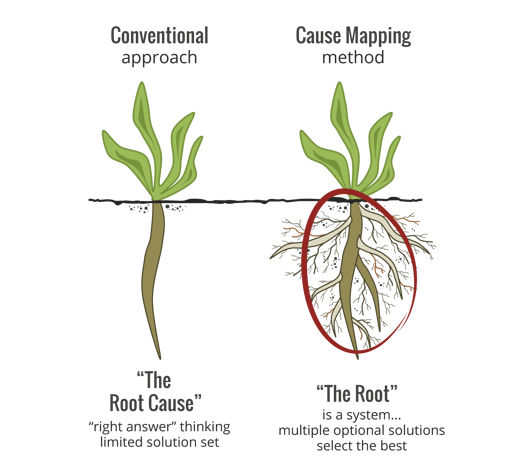 Root cause analysis is about digging beneath the surface of a problem. However, instead of looking for a singular “root cause,” we shift your problem-solving paradigm to reveal a system of causes. When using Cause Mapping root cause analysis, the word root in root cause analysis refers to causes that are beneath the surface.
Root cause analysis is about digging beneath the surface of a problem. However, instead of looking for a singular “root cause,” we shift your problem-solving paradigm to reveal a system of causes. When using Cause Mapping root cause analysis, the word root in root cause analysis refers to causes that are beneath the surface.
Most organizations mistakenly use the term “root cause” to identify one main cause. Focusing on a single cause can limit the solutions set, resulting in the exclusion of viable solutions. A Cause Map™ diagram provides a simple visual explanation of all the causes that contributed to the incident. The root is the system of causes that reveals all of the different options for solutions. The result … multiple opportunities to mitigate risk and prevent problems.
 Three problem-solving steps
Three problem-solving steps
- - - - - - - - - -
Cause Mapping root cause analysis consists of three steps:
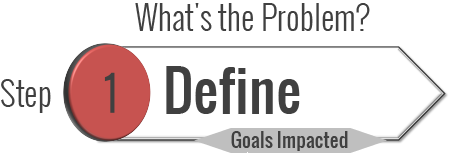
Define the issue by its impact to overall goals. People often disagree over how to define the problem. You can get alignment when the problem is defined by the impact to the goals.
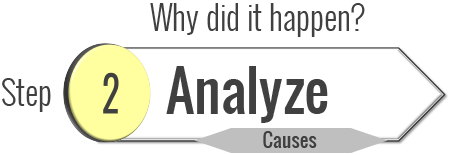
Break the problem down into a visual map. Using a Cause Map diagram provides a thorough explanation revealing all of the causes required to produce the problem.
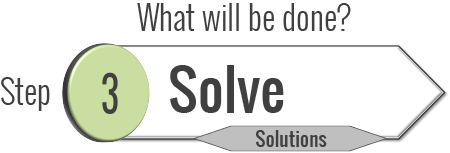
Prevent or mitigate any negative impact to the goals by selecting the best solutions. Effective solutions should make a change to how people execute work process.
 Better communication, better analysis
Better communication, better analysis
- - - - - - - - - -
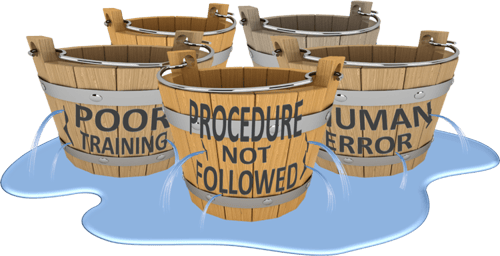 A Cause Map diagram is a simple diagram showing how and why a particular issue occurred. It begins with a few Why questions (5 Whys), then expands into as much detail as necessary to (thoroughly) explain even the most challenging issues (30+ Whys). The Cause Map diagram creates a visual dialogue, making it easier to communicate what’s known and what needs a little more digging. People can see how all of the pieces fit together to produce a particular incident. The better an organization gets at explaining its problems, the better it becomes at finding smart solutions.
A Cause Map diagram is a simple diagram showing how and why a particular issue occurred. It begins with a few Why questions (5 Whys), then expands into as much detail as necessary to (thoroughly) explain even the most challenging issues (30+ Whys). The Cause Map diagram creates a visual dialogue, making it easier to communicate what’s known and what needs a little more digging. People can see how all of the pieces fit together to produce a particular incident. The better an organization gets at explaining its problems, the better it becomes at finding smart solutions.
Too many companies use generic buckets like human error and procedure not followed to classify an entire incident. These are low-resolution investigations that result in weak solutions. Clearly communicating detail is essential. Cause Mapping root cause analysis flattens problem solving by deferring to the people in the organization who know how well current processes actually work. A strong prevention culture makes it easier for people to share what they know. Front-line personnel, management, and technical experts are all an integral part of a company’s overall problem-solving efforts.



